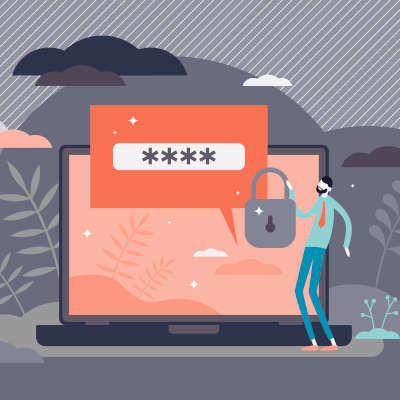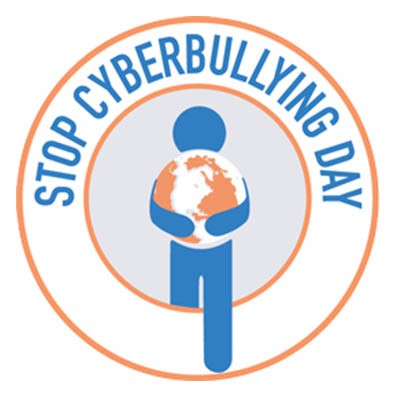SouthBridge Consulting Blog
For all the attention that we (and many others) give to cybercrime, people are still falling victim to hacks and scams every day. With most businesses operating more in the digital sphere than ever before, it stands to reason that they need to do more to keep from being a victim of a data breach or worse. Here are six things your business should do to keep from being a victim of a cyberattack.
COVID-19 has changed the way that most business owners look at a dollar. For months, businesses have been making strategic budget cuts to try to stay afloat. Cybersecurity has been the ultimate growth industry over the past several years, but in the face of the pandemic, the market for these products and services is seeing substantial retraction. In fact, Gartner estimates that in 2020, the cybersecurity industry will shrink by almost $7 billion. Today, we’ll take a look at the cybersecurity market and why it is important not to slow your cybersecurity spending if you can help it.
There are many different varieties of cybercrime that businesses need to be vigilant about. However, most of these varieties can largely be avoided through a few basic practices and behaviors. Here, we’re giving you a few tips to help you prevent attacks from successfully influencing your business, so make sure you share them with your entire team, as well.
The modern business has to deal with a lot of potential security problems. Today’s threat landscape is filled with people looking to prosper off of your misfortune. As a result, doing what you can to maintain the security of your network and data is essential. Today, we will discuss how maintaining your organizational cybersecurity doesn’t have to be costly or time consuming.The best way we’ve found to go about doing this is by highlighting a few key actions that you can take to keep your network secure and your data safe.
Cybersecurity is a big point of emphasis for the modern IT administrator. For the private business, it’s important for enough to be done in order to secure the business’ assets, and the integrity of the network itself. Unfortunately, when looking at public computing resources, there isn’t enough talent available to properly secure the systems that government entities rely on.
Controlling your organization’s data relies on keeping your network and computing infrastructure free from threats. Early detection allows your business to actively confront risks before they develop into major issues. However, threats are becoming more difficult to detect in early stages, and one hidden threat could doom your entire business.
Avoiding risk is important for every business, unless your business is as a daredevil, then mitigating risk will have to do. Nowadays, with technology being an omnipresent element in most businesses, technology-based risks have grown in concert. As a result, the modern business owner and IT administrators need to understand the new risks and how to proactively work toward avoiding (or mitigating) them.
Phishing attacks have been in the social consciousness now for a while, and for good reason: it is the predominant way that hackers gain access to secured networks and data. Unfortunately, awareness to an issue doesn’t always result in positive outcomes. In this case, hackers get more aggressive, and by blanketing everyone under a seemingly limitless phishing net, 57 billion phishing emails go out every year. If a fraction of those emails accomplish their intended goal, the hackers on the other end of them really make out.
As technology has evolved, so have our capabilities of using it. While this has led to great improvements in how we can live our lives, it has also made it much easier for us to torment and harass one another. This is a huge problem, and growing, so it is important to know how to take a stand against it - both at home, and in the workplace.
Zero-day threats are some of the most dangerous ones out there. What we mean by “zero day” threats are those that have been discovered by hackers before an official patch has been released by the developers, giving them exactly zero days before they are actively exploited in the wild. One of the more dangerous zero-day threats out there at the moment is one that takes advantage of Internet Explorer.










